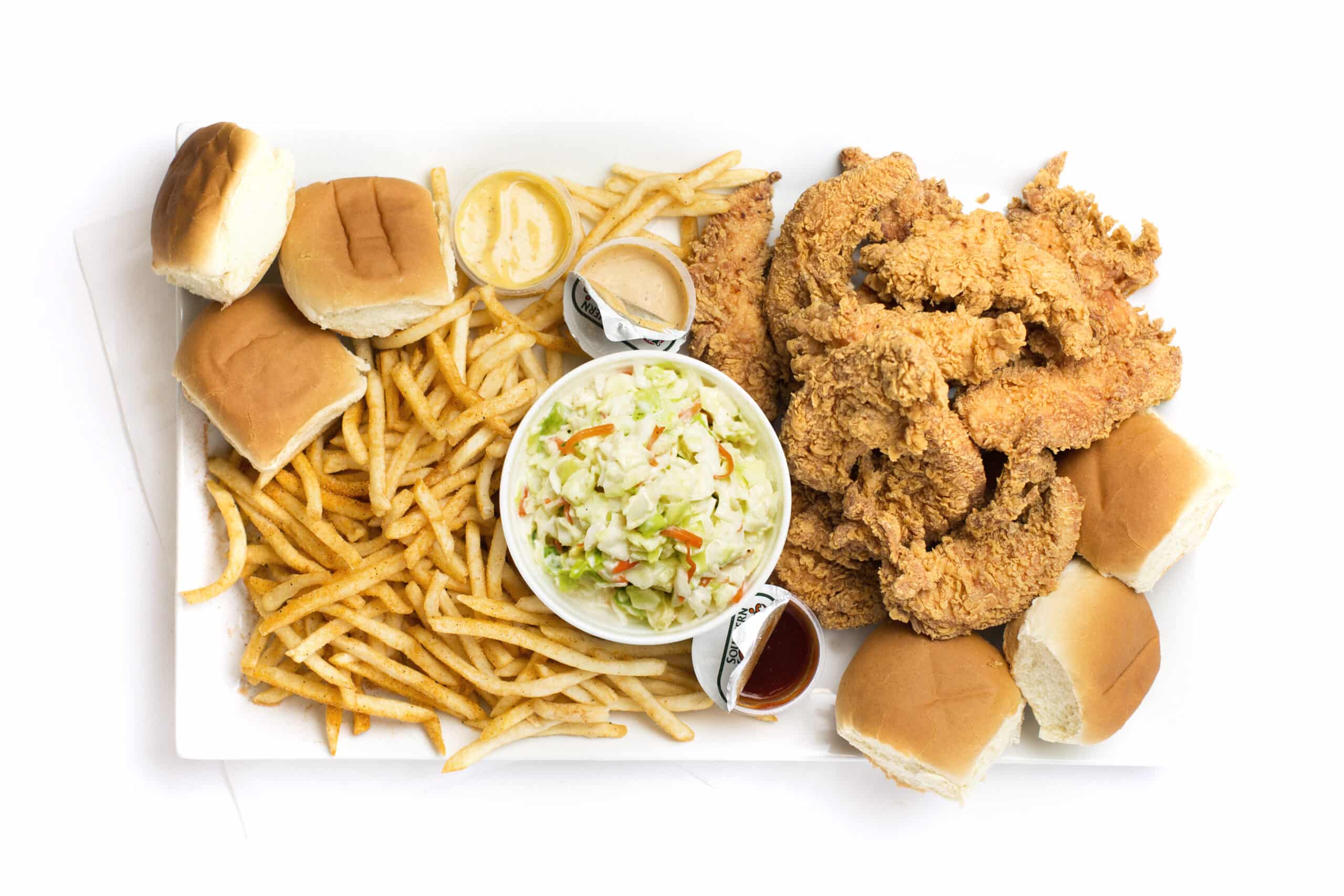Quantity versus quality has long been a debate in American culture, especially in regards to dining. The trend of overwhelmingly long menus has been the outcome of stiff competition in addition to maximizing customer retention. As menus become larger, they can cause issues financially and operationally for both the franchisor and the franchisee due to added costs, sourcing new products, additional training procedures, and more.
The concept of single item and limited menu restaurant brands provides streamlined operating procedures, reducing the overall costs to the franchisor and the franchisee. Additionally, guests benefit from a limited menu as the quality of the food is improved and service becomes faster. Relying on simplicity in their operations and procedures, this genre of restaurant brand has mastered its ability to drive the bottom line.
Focusing on a single product allows for an operating system to be geared toward that one item whereas multiple products require multiple systems. For example, with Southern Classic Chicken, we are a brand that specializes in fried chicken, minimizing our operations to battering fresh chicken and then frying the battered chicken.
READ MORE: Another Growth-Ready Chicken Franchise Enters the Ring
The action is straightforward and simple to master, allowing team members to achieve high levels of success in this core function. Restaurant brands that serve both fried chicken and hamburgers, for example, suffer due to the increase of product sourcing in addition to the cross-training required to master the preparation and customization of both fried chicken and hamburgers. With more menu items, trainings become more complicated, making it more difficult for team members to achieve higher levels of success as they focus on multiple core functions.
In creating more tasks, the focus on perfecting a singular core function is weakened as the focus is expanded to perfecting multiple core functions. An additional solution to the franchisor or franchisee would be to hire additional staff to specialize in each core function, but this requires additional labor expenses. Ultimately, allowing team members to focus on a single menu item will ensure their success in mastering the ability to prepare that item.
Another benefit for the single item or limited menu concept for franchisors and franchises is that the model is straightforward, making it easy to replicate and train staff members on. Franchisors are rewarded with a streamlined processes and trainings that can be easily implemented in new locations and franchisees benefit from the quicker start up and lower costs as a result of the model.
The model additionally encourages franchisors and franchisees to focus on driving the bottom line. Focusing on doing one thing successfully with a simplified system and a small number of team members assists in generating higher sales numbers. These factors help franchisors bring more volume and generate more units. The single item or limited menu concept is easy to navigate and crucial for both franchisors and franchisees as it increases sales and drives ROI.
Restaurant brands that incorporate this model will find that they can more easily market a single or a few items. The goal is to master making a menu item so that guests can identify the brand based off the item. Being the best at making an item can generate brand awareness and drive sales, allowing for franchisors to expand more rapidly.
Offering a single item or limited menu model will allow for a restaurants’ profits to grow, setting up the franchisor and the franchisee for success. If your goal is to propel your profits and services provided to guests, a single menu item or limited menu model could be the solution.
Nick Binnings is the Director of Brand Development of Southern Classic Chicken, offering 25+ years of experience leading key growth initiatives in the restaurant and franchise industries.









